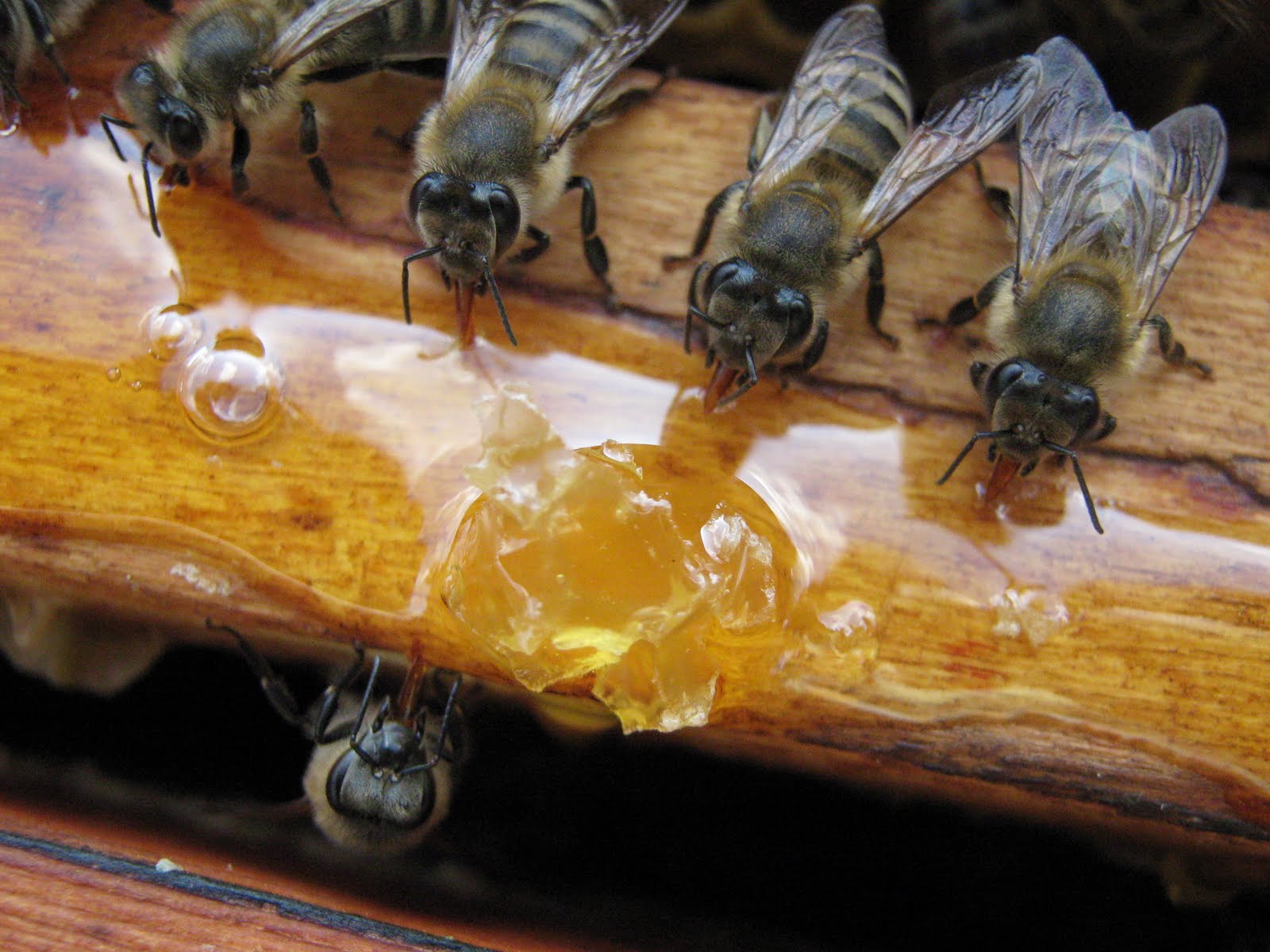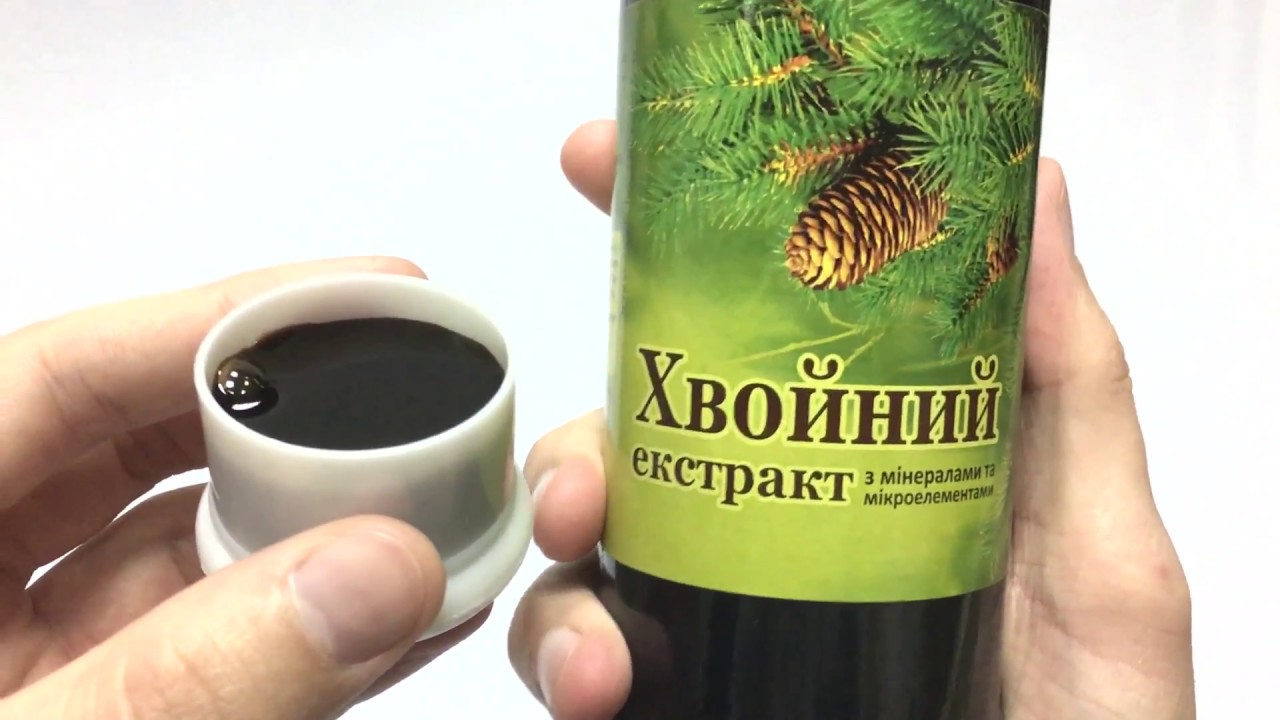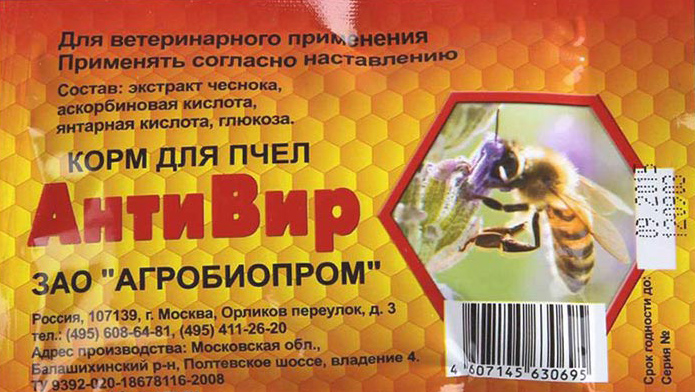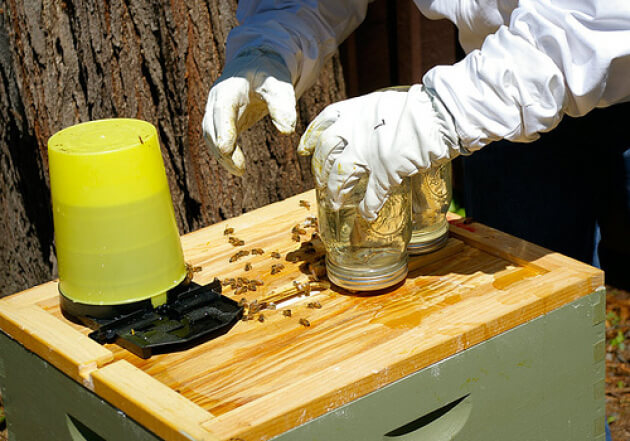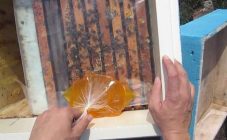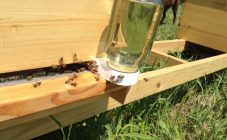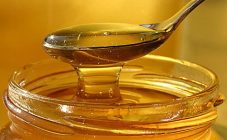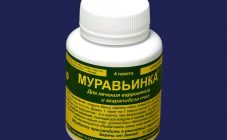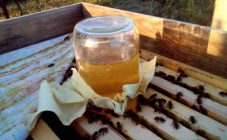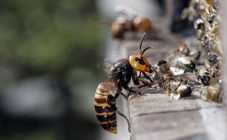Content:
In beekeeping, it is generally accepted practice to use feeding bees, giving the impression of a natural bribe. Usually, the procedure is a substitution or supplement of food for the winter, although it is often used to encourage the bee colony to expand or increase the number of young animals in the fall. Better feeding bees nourish the queen more abundantly, which as a result bears more eggs. In the northern regions, beekeepers usually feed their pets for the winter, completely replacing honey with food.
Methods and time of feeding bees
Quite often, additional nutrition is necessary for bee colonies in autumn and spring due to the scarce amount of honey in the hives or the lack of its supply. Often, feeding is required to correct spring or autumn weather fads, sometimes destroying the food base, for example, the disappearance of the flowering of garden trees as a result of frost.
Honey is rarely used as a top dressing, usually it is left in combs for this purpose and, as needed, is placed in hives. With a shortage of a natural product, it is replaced with sugar syrup, which bees can consume in its pure form, continuing to exist, but cannot perform their functions:
- brood rearing;
- making foundation;
- enhanced processing of nectar;
- performing many other works.
Sugar syrup is usually used in urgent situations:
- in case of a spring deficit of the bee feed reserve in the nest until the flowering plants appear;
- for prophylaxis in order to prevent morbidity in apiaries, where cases of infection have already occurred;
- to stimulate the breeding of offspring when blossoming honey plants are inaccessible;
- to provide bees with food for the winter;
- to replace low-quality honey to improve winter keeping of pets.
Feeding bees from last year's honey
There are two ways to feed honey to bees: gentle and extreme. The product is removed from the combs immediately after the end of the honey harvest, in early autumn and early spring. The most common method is to place the honeycomb on a demarcation board or in the surface block of the nest, breaking the beading beforehand. The highlight of this method is the frequent rearrangement of the frame from one hive to another for more active consumption of honey by bees.
This period is distinguished by:
- reduction in the number of old bees;
- decrease or suspension of oviposition by the uterus;
- reduction of bee summer activity.
Experienced beekeepers, who know how to feed last year's honey to bees, advise in the second half of the month in the evening to take out the frames with honey to the air and place them one and a half to two dozen meters from the apiary. On the following days, you can feed the old unsealed product at any time until all dryness is cleared. The beekeeper should periodically shake off the insects and check the cleaning process so that they do not damage the combs. In this case, the frames should be periodically alternated in places, from which honey is taken worse. They can be sprinkled with water to soften the treat.
Coniferous extract for feeding bees
It is worth figuring out how to feed bees with sugar syrup supplemented with coniferous extract. The effectiveness of the method in beekeeping is due to:
- climatic conditions;
- yield of honey plants;
- the health status of bees.
The needles have valuable medicinal qualities, thanks to which they are successfully used in the treatment of all kinds of diseases, including in bees. Beekeepers use the product as an additive to sugar syrup. It is not difficult to prepare a coniferous extract for bees, the instruction recommends diluting 2 drops of the drug in 100 ml of water, then stir the solution with 1 kg of syrup. The bees are fed weekly, making sure that each family has at least 10 kg of food.
Application of coniferous extract for bees:
- has a positive effect on the life span and health of insects;
- increases their strength and tirelessness;
- helps to strengthen bee colonies and increase offspring;
- makes it easier to endure wintering;
- protects against varroatosis and ascopherosis.
Usually feeding with the use of a vitamin extract is stopped 30 days before the start of honey collection. Beekeepers sometimes use a ready-made preparation containing essential oils of needles. However, there is a way to prepare the product yourself. For this, peeled and washed needles are brewed with boiling water in a ratio of 1 to 4 and kept for 8 hours. Such an infusion can be stored for only 3 days. 200 g of coniferous infusion are mixed with 1 kg of syrup.
When to feed bees in the Perm region
The Perm Territory has great opportunities for the development of beekeeping due to its good honey base. Most of the farms are concentrated in the south of the region, where the Malinovy Khutor nature reserve is located. The bees that are bred here are perfect for the climatic and weather conditions of the area: they endure wintering for 7-8 months, are able to overwinter outdoors, and in spring they can quickly evolve and use a short, rapid period of honey collection from medicinal herbs. It is important to adhere exactly to the time when to feed the bees in the Perm region.
Folk feeding for enhanced development of bees
In the practice of beekeeping, many means have been tried, which include proteins and other ingredients to increase the nutritional benefits of bees. Milk and yeast proved to be out of competition for this purpose. There are many ways to feed your bees with healthy supplements.
Some areas are characterized by a lack of pollen in natural conditions, and there it is necessary to harvest honeycombs with bee bread during the period of generous honey collection. In the absence of bee bread, it is replaced with protein feed - skim milk with sugar syrup (in a ratio of 0.5 to 1.5 kg), which increases the number of brood in the hive. In the first days, the volume of complementary foods ranges from 250 to 300 g, and after the bees get used to it, the volume is increased to 0.5 kg.
Some beekeepers use birch sap syrup, which is healthy, sweet in taste and quite attractive to bees. I like insects and mustard powder, used as an addition to top dressing.
Feeding bees in the summer without a bribe
In the absence of honey plants in the spring and summer shortages of bribe bees are threatened with starvation and, as a result, a decrease in brood, although there is a reserve of bee bread and honey in the nest, intended for wintering, because they feed on nectar and pollen during this period. That is why, in the absence of a bribe, in order to prevent the weakening of the bee colony, it is necessary to know how to feed the bees.
How feeding affects the swarming of bees
Swarming, which is considered a natural process of reproduction of bee colonies, usually occurs on the eve of honey collection, negatively affecting it. To get the maximum amount of honey, according to many beekeepers, swarming should be kept to a minimum. This requires special measures, one of which is feeding the bees with liquid feed and having a supply of at least 6-8 kg of honey in the hive.
Those who are engaged in beekeeping are interested in how feeding affects the swarming of bees. For a wild swarm bringing with it a lot of honey, it is not recommended to put frames smeared with this product. They should install a frame with dry land in which the food they brought with them will be placed. Usually, these reserves are enough for bees for three days, which is why it is advised to start feeding them on the third day after emergence. By this time, the hive will be practically inhabited, built up with cells, where it will be possible to collect nectar and pollen to feed the bees.
For competent and intensive breeding of healthy productive bee colonies today, many ways of using fertilizers have been developed. They allow you to save the bee colony from hunger in the absence of honey collection and weather vagaries, increase the amount of brood, reduce the incidence rate, improve the bee breed and the quality of the honey obtained.
